MIM manufacturing, short for Metal Injection Molding, is an advanced powder metallurgy process that combines plastic injection molding with high-temperature sintering to produce small, complex, and high-density metal components. As industries increasingly demand miniaturized and high-precision parts, mim manufacturing has become a highly efficient and cost-effective alternative to conventional machining and traditional powder metallurgy.
Unlike gravity-fed powder compaction, MIM manufacturing injects fine metal powders mixed with binders into multi-cavity molds under high pressure. This allows engineers to create complex geometries that would otherwise be impossible or too expensive with CNC machining or standard PM.

Figure 1: The MIM process
Understanding the MIM Manufacturing Process
The core advantage of mim manufacturing lies in its ability to combine shape freedom with mass-production capability. The process begins with extremely fine powders—typically around 20 µm—blended with binders such as waxes and thermoplastics. This mixture (feedstock) is injected using slightly modified plastic injection molding machines into precision metal dies.
Typical characteristics and applications of metal injection-molded parts
As mentioned above, typical metal injection-molded parts are small and complex in nature. The process is more advantageous for more complex parts. In this process, high precision is possible to achieve. This method eliminates the constraint imposed by conventional powder metallurgy methods i.e. the side wall should be parallel. Very small size parts i.e. smaller than a golf ball in volume, weigh in the range of 0.5 to 150 g, and a wall thickness of less than 6.3 mm can be achieved using this method. It is possible to produce multi-functional parts with thin walls, sharp corners, undercuts, cross holes, screw threads, contours, gear segments, and similar features without secondary operations.
The densities of parts produced through this process are normally greater than those of conventional powder metallurgy parts, ranging between 95 and 99 % of theoretical maximum density.
Green Parts, Brown Parts, and Sintering in MIM Manufacturing
Once molded, the component is known as the green part. Debinding removes approximately 80% of the binder through thermal, solvent, or catalytic methods. The time required is directly related to wall thickness.
After debinding, the fragile brown part retains the molded shape but becomes highly porous. The next step is sintering—performed in vacuum or inert atmospheres at temperatures around 1300°C, depending on the material. Though high, the temperature remains below the melting point, ensuring controlled densification.
A complete MIM manufacturing cycle (debinding + sintering) typically takes 24–36 hours, producing a near-net-shape metal component with exceptional density and strength.

Why MIM Manufacturing Is Ideal for Complex Precision Components
A typical metal injection-molded part is:
-
smaller than a golf ball in volume
-
between 0.5 g and 150 g
-
with wall thicknesses below 6.3 mm
-
capable of intricate shapes:
-
undercuts
-
internal holes
-
threads
-
cross-holes
-
sharp corners
-
thin walls
-
contours
-
gear features
-
This design freedom significantly reduces or eliminates secondary operations.
Density and Mechanical Performance of MIM Parts
Thanks to controlled sintering, MIM parts achieve 95–99% of theoretical density, outperforming conventional powder metallurgy components. Higher density directly translates into:
-
improved mechanical properties
-
better corrosion resistance
-
enhanced fatigue life
-
superior surface finish
This is a major reason why mim manufacturing is now widely used in medical, automotive, electronics, defense, and industrial applications.
MIM Manufacturing vs. Conventional Powder Metallurgy
| Feature | MIM Manufacturing | Conventional Powder Metallurgy |
|---|---|---|
| Powder size | 5–20 µm | 50–200 µm |
| Forming method | High-pressure injection | Gravity fill & compaction |
| Shape complexity | Very high | Limited |
| Density | 95–99% | 80–90% |
| Surface finish | Excellent | Moderate |
| Tolerance | High precision | Medium |
| Ideal for | Small, complex, high-precision parts | Simple, thicker parts |
| Secondary machining | Rarely needed | Often required |
Typical Applications of MIM Manufacturing
| Industry | Typical MIM Applications |
|---|---|
| Medical | Surgical tools, orthodontic devices, endoscope components |
| Automotive | Lock systems, turbocharger components, sensor housings |
| Consumer Electronics | Camera modules, metal buttons, hinges, connectors |
| Industrial | Tooling inserts, micro-gears, mechanisms |
| Defense | Weapon components, precision miniature assemblies |

Figure 2: Molding machine in a MIM Shop
As global industries demand higher precision, lighter materials, and more complex miniature components, mim manufacturing has become one of the most powerful metal-forming technologies available today. By combining the versatility of plastic injection molding with the strength of metallurgy, MIM provides:
-
mass-production capability
-
excellent material performance
-
high structural precision
-
cost savings over CNC for complex shapes
This is why MIM continues to expand across medical, automotive, consumer electronics, and industrial sectors worldwide.
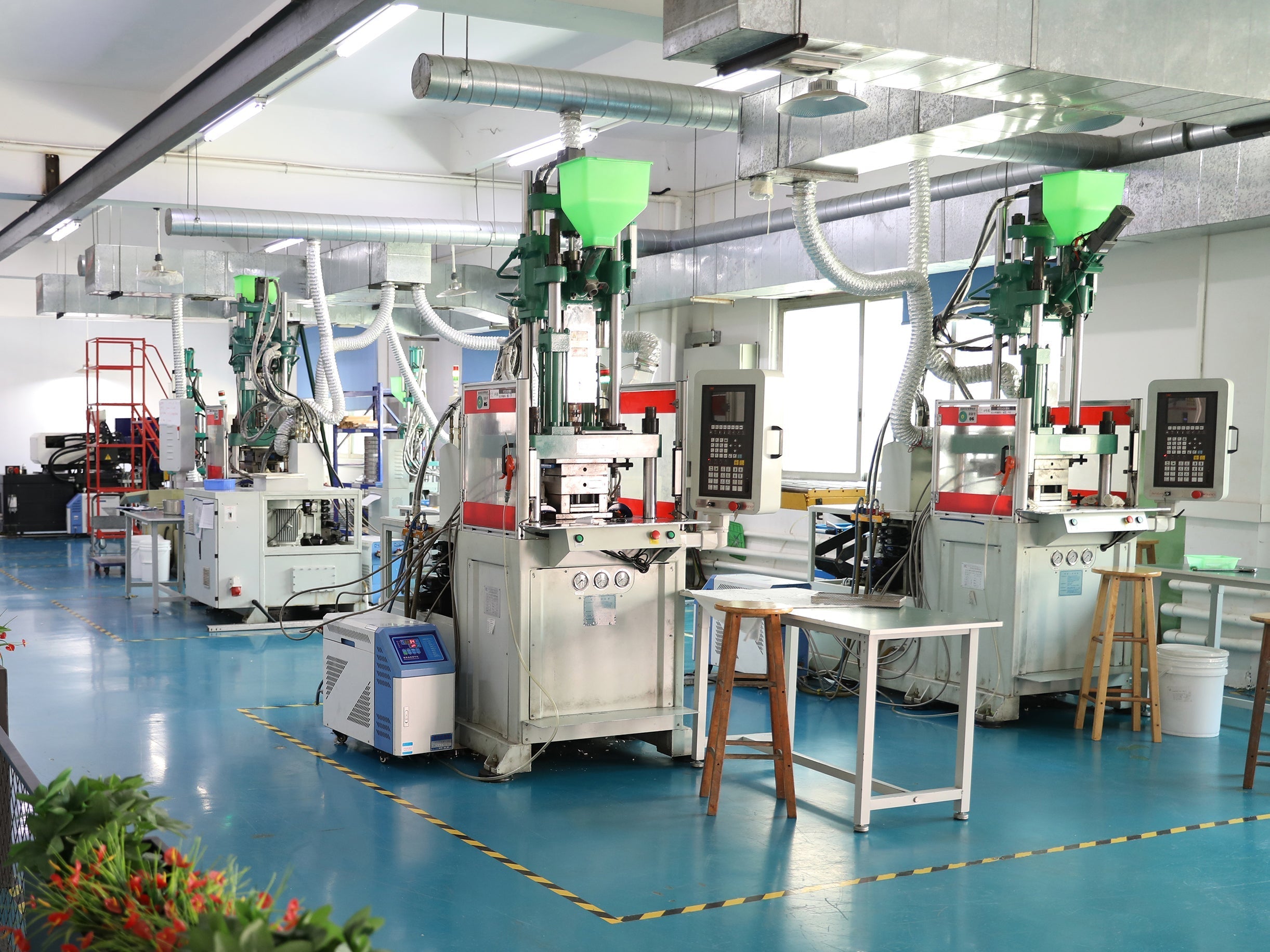
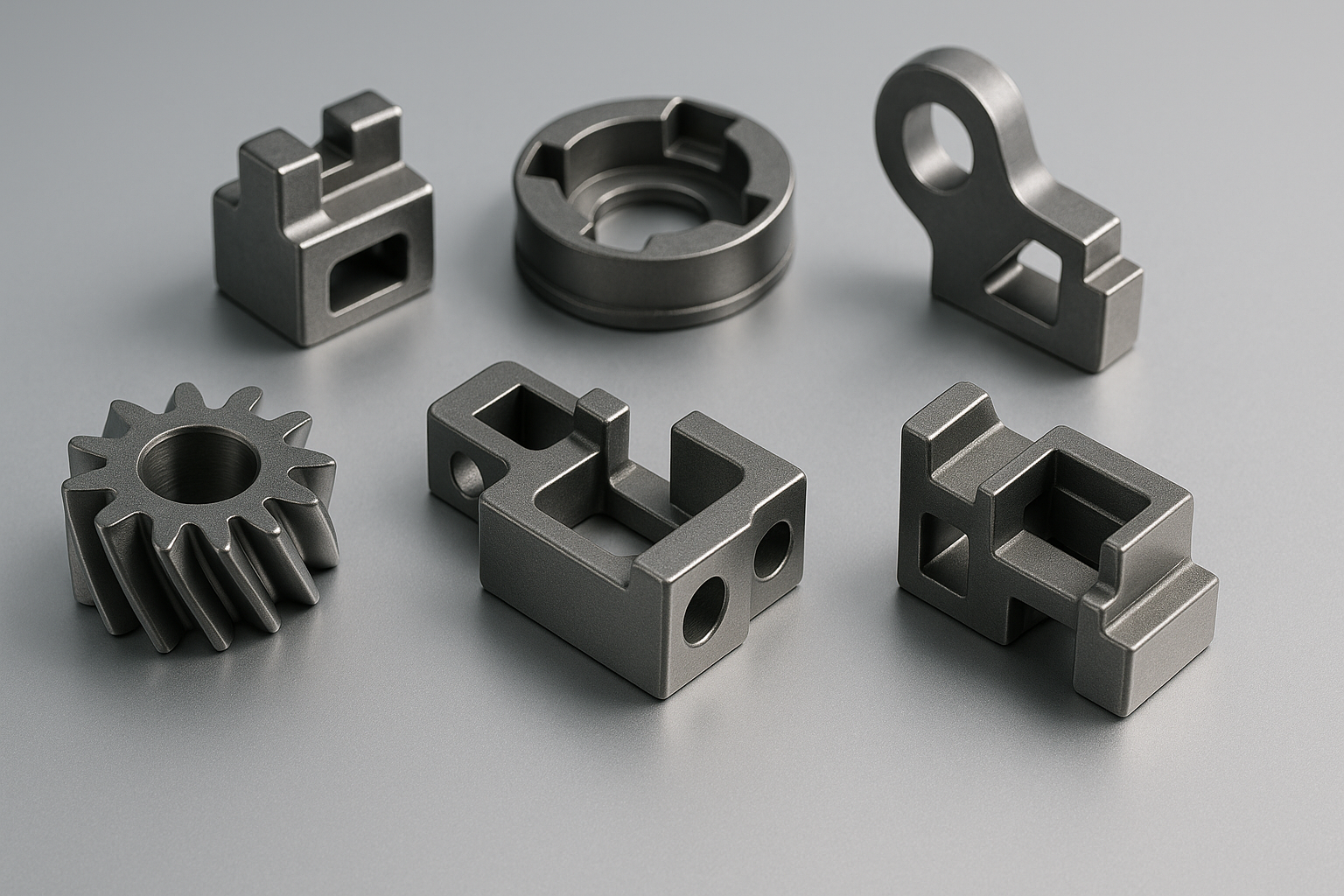
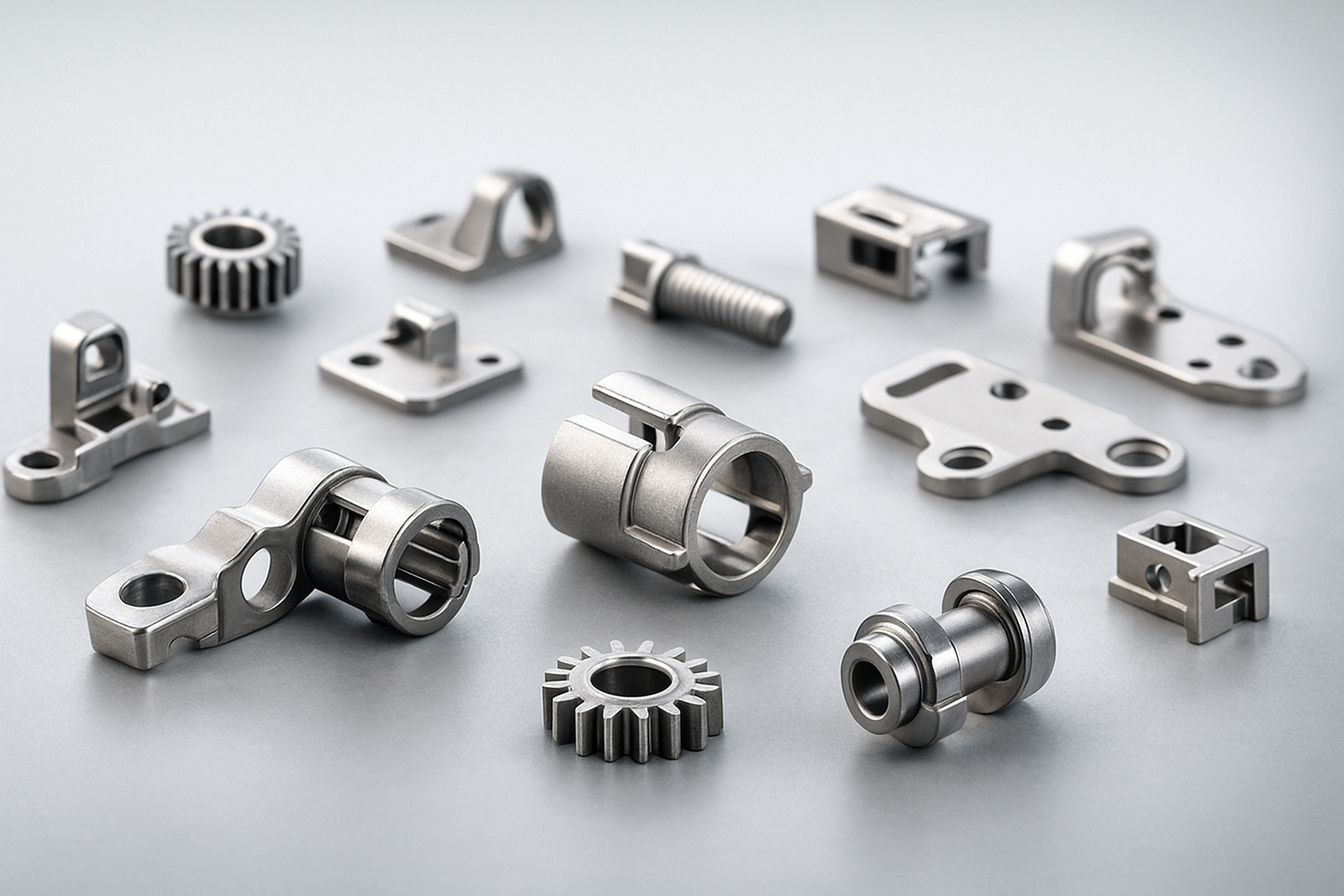
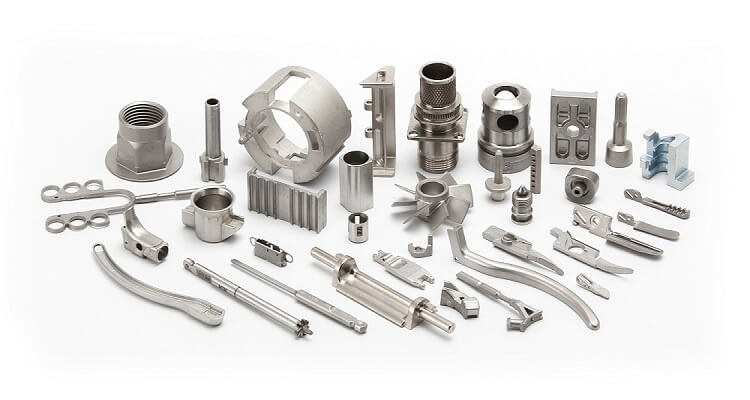
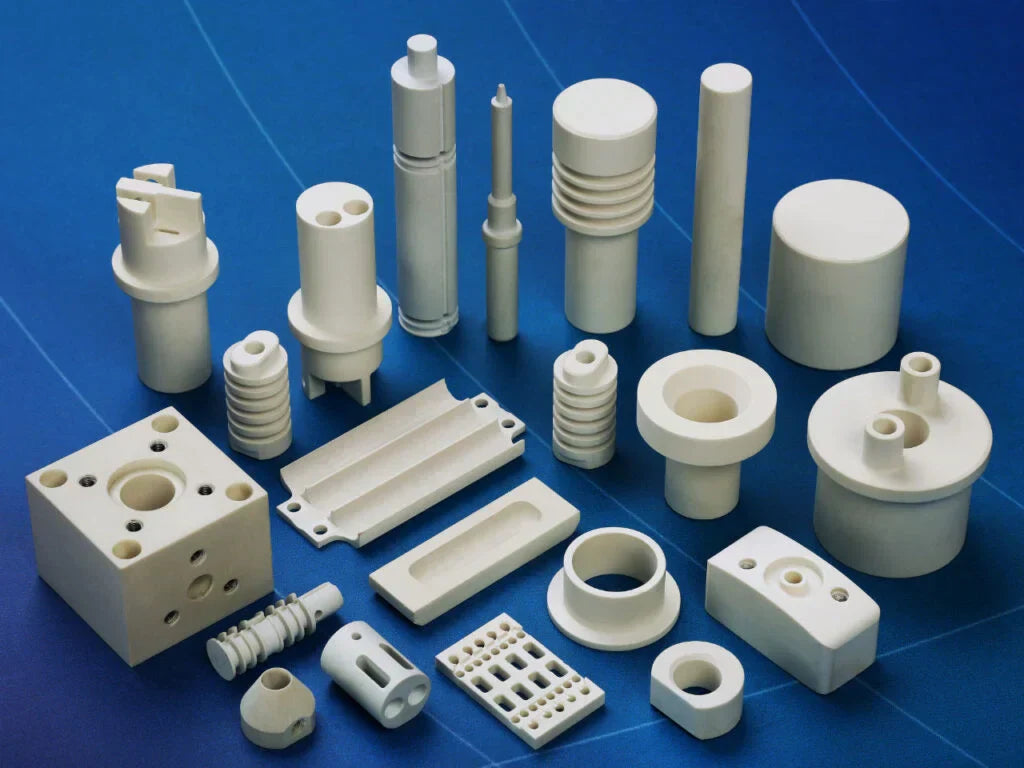
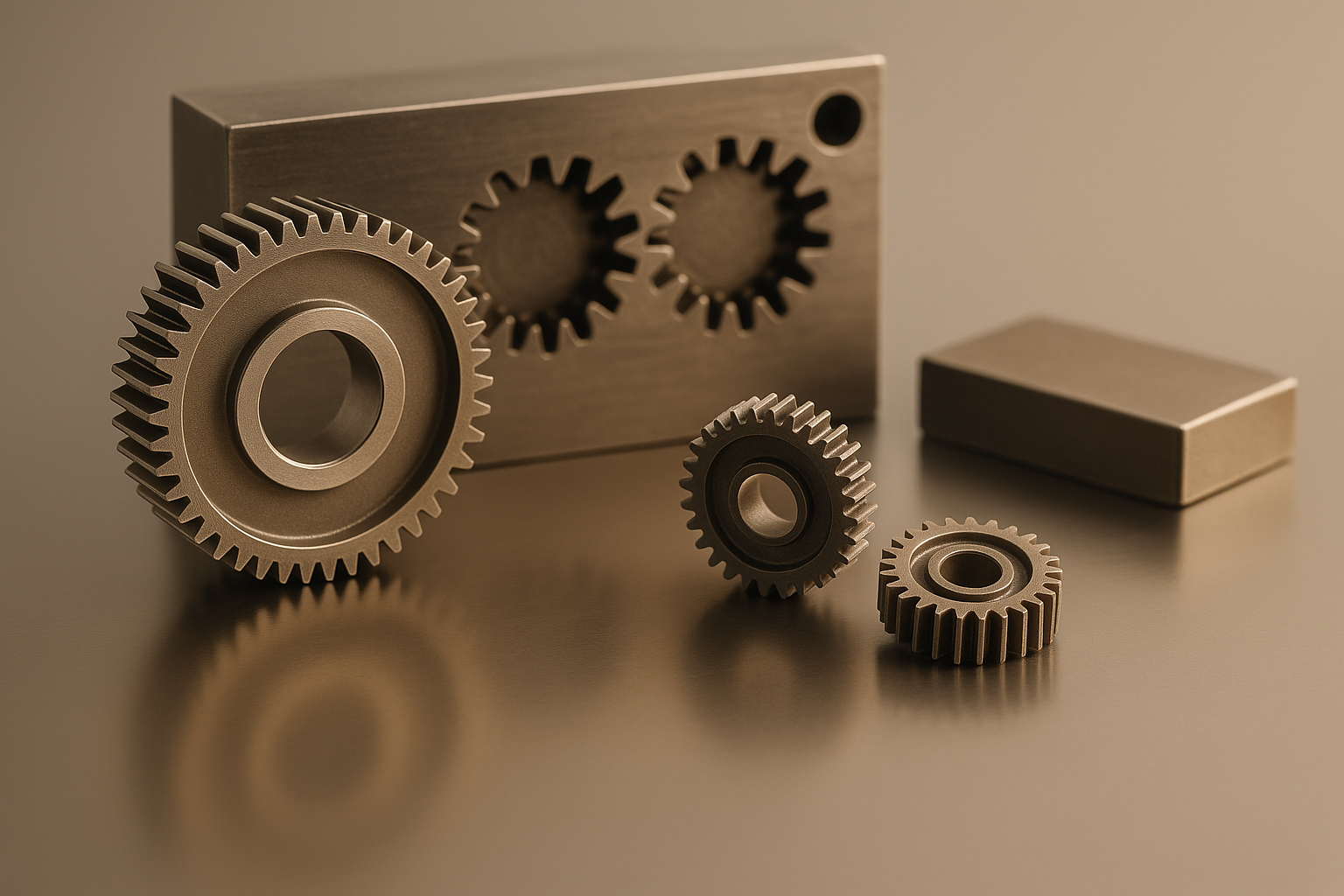
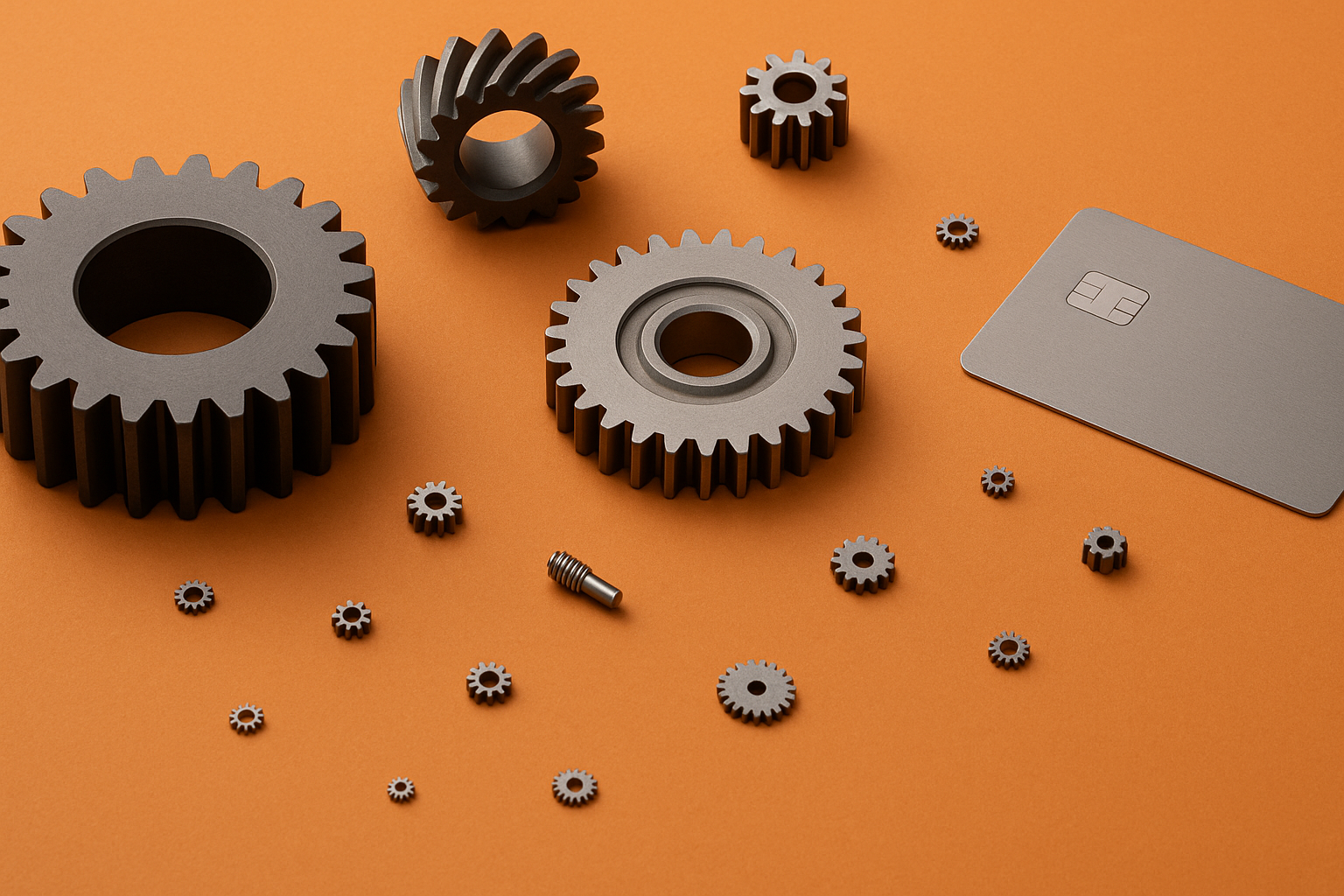
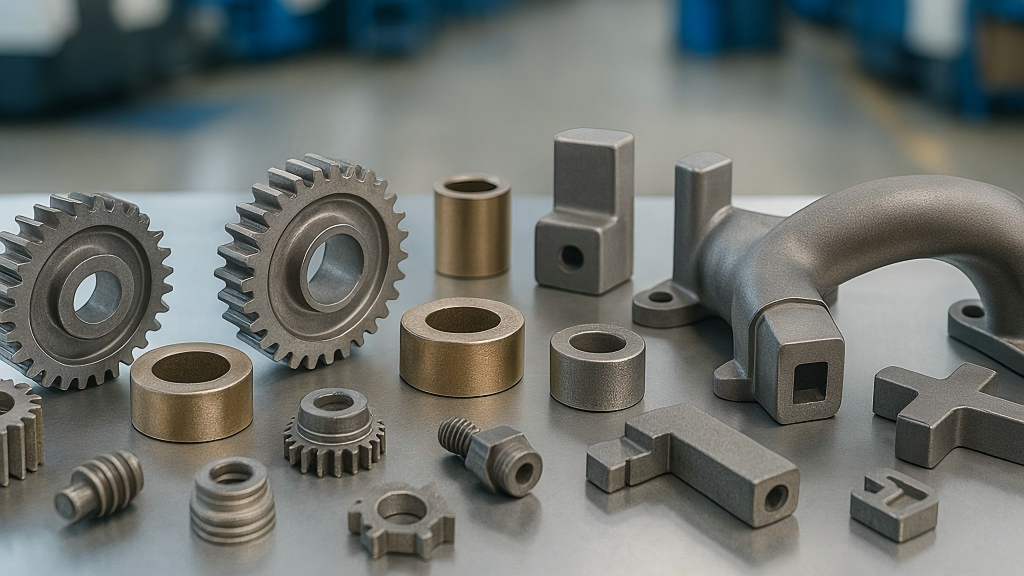
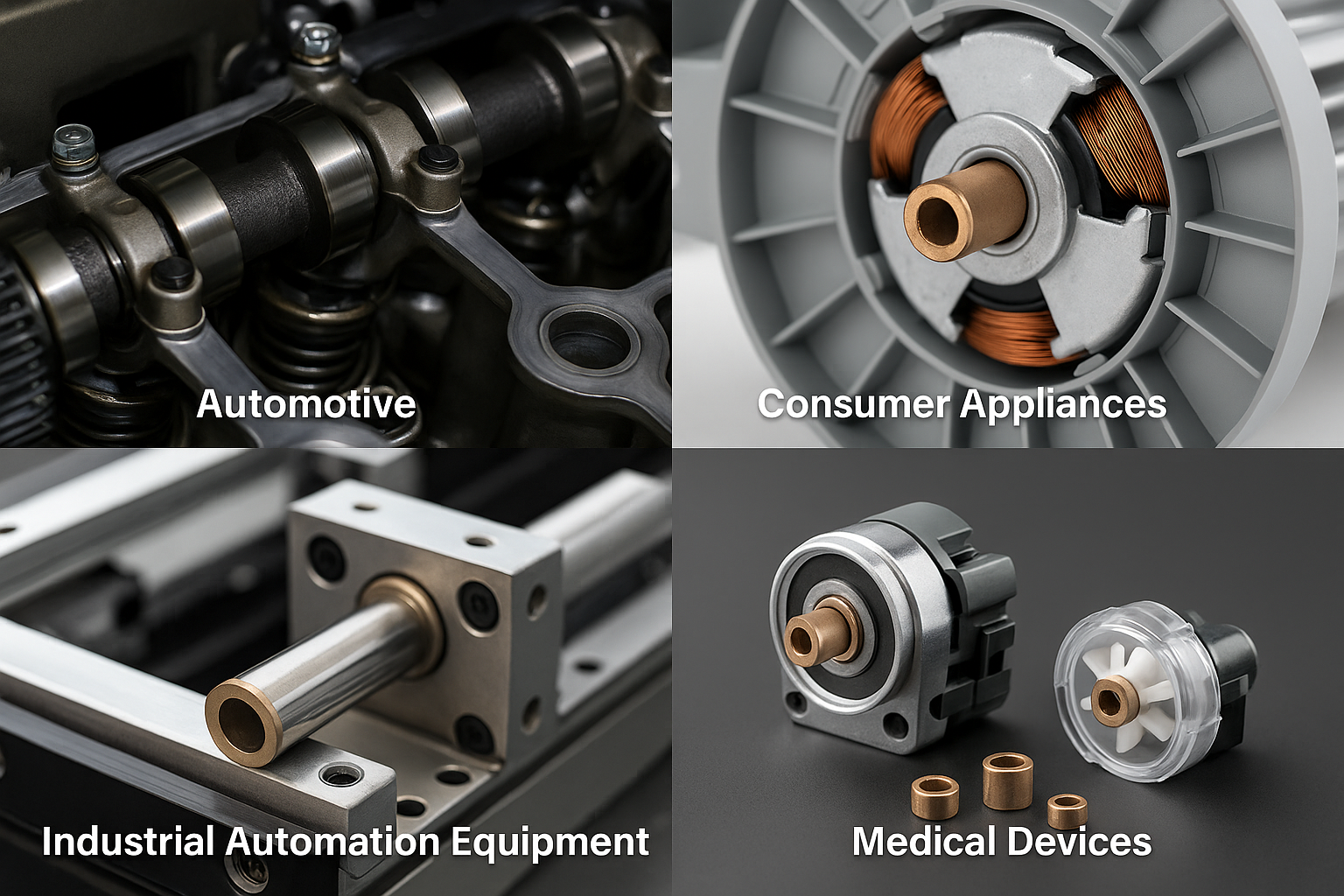

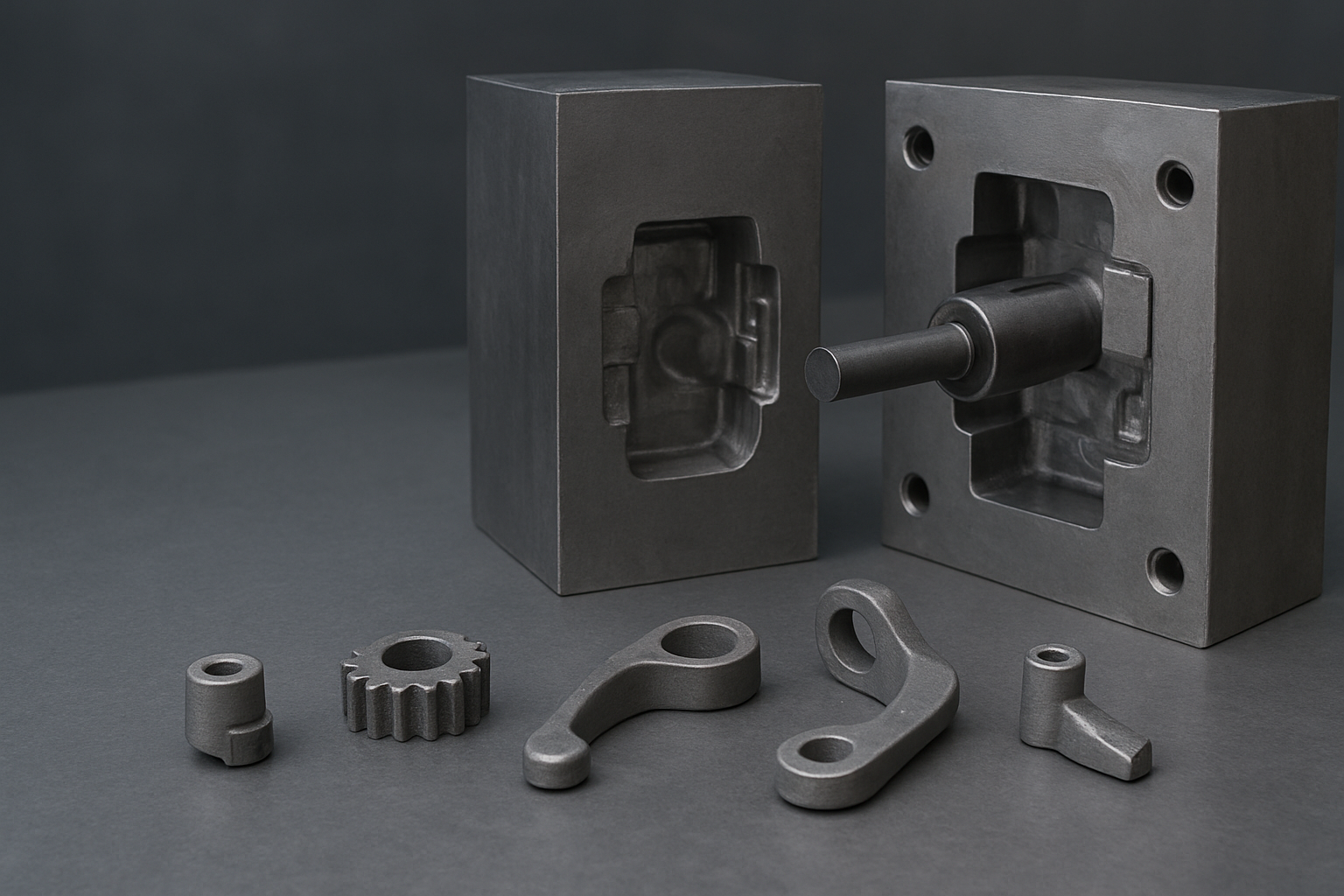

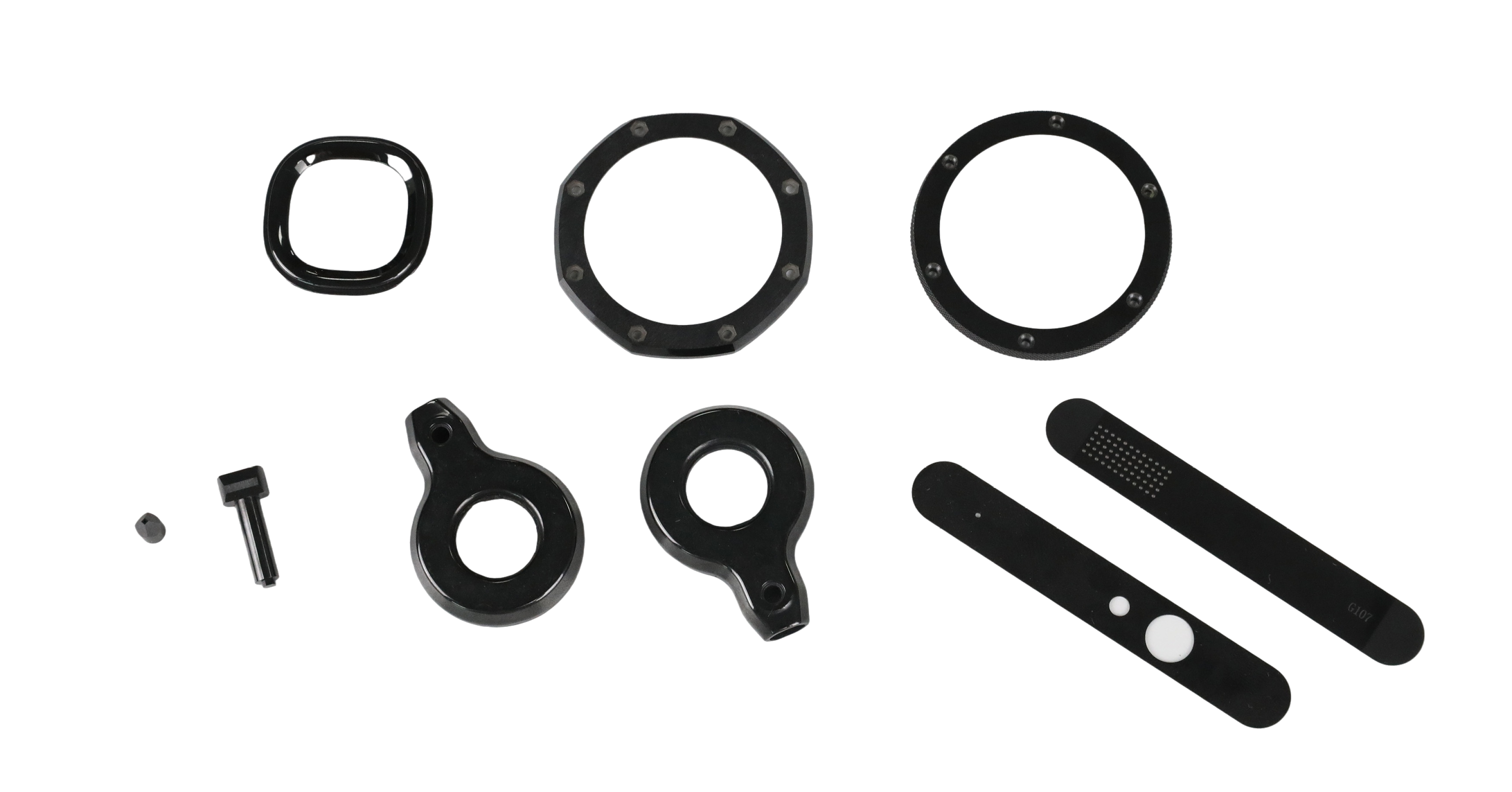
Share:
What is Infiltration Powder Metallurgy
Investment Casting Vs. Metal Injection Molding: A Process Comparison